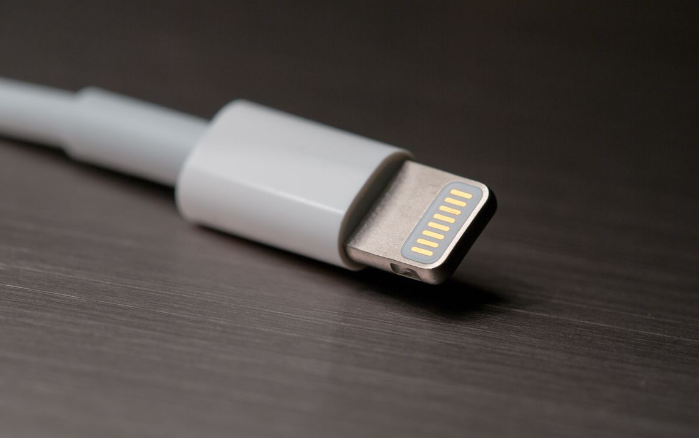Do you have different chargers and earphones for all your separate Apple and other types electronic devices, such as gaming consoles, laptops, etc? Well, a new proposition by the European Union could soon bring an end to your infinite collection of cables, saving you from tripping over them all the time!
The EU is recommending (to avoid using the term “enforcing”) the use of a single type of cable by all electronic devices, and thereby, their manufacturers, for developing earplugs, chargers and other similar accessories.
More specifically, the committee has stated that all electronic companies will need to adopt the USB-C charging ports if they wish to sell their products in Europe.
However, Apple, who have depended on their very own Lightning technology for the development of their equipment for the last few years, aren’t really warming up to the idea. Pointing out that this new rule will harm “innovation”, the company have stated their firm opposition to this new rule.
“We remain concerned that strict regulation mandating just one type of connector stifles innovation, rather than encouraging it, which in turn will harm consumers in Europe and around the world,” Apple said last year.
The EU have made this decision with the financial aspect of consumers in mind, as their research found that people in Europe spent over $3.58 billion in a single year buying different types of charging cables, with this new agreement saving them around $358 million.
USB-C ports are quickly rising in popularity, with more and more devices using them, such as gaming consoles, laptops and even ebooks, so it does make sense that if there’s going to be one unified charger for all devices, it would be that kind.
On the other end, Lightning cables have become common within the world of Apple since 2012, when the company stopped using a headphone port for their iPhones and essentially made them obligatory.
Which means that the one who stands to lose the most from this change is the US tech giant, as they’ll be forced to make changes to all their new devices with many of their current and older ones being made redundant.








